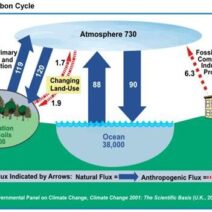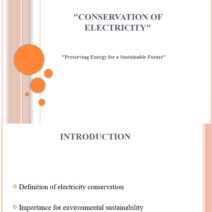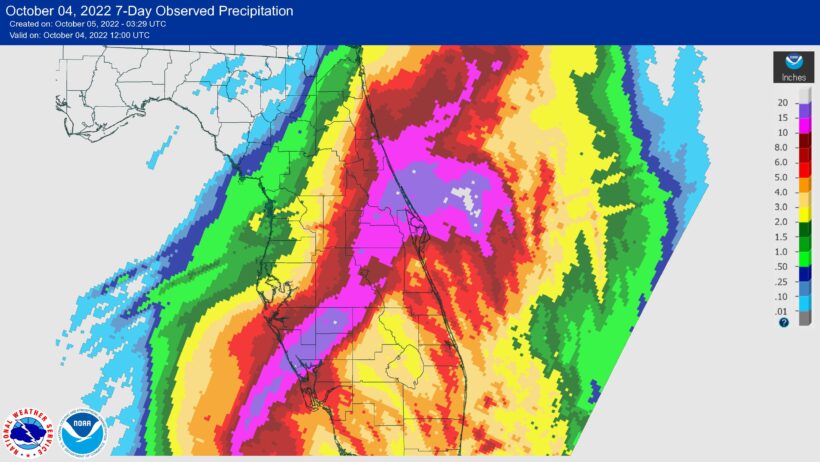The truth about tree cutting — a subject that resonates in the hearts and minds of environmental stewards. Picture a world where lush canopies ascend towards the heavens, filtering sunlight and nurturing biodiversity. Trees are often dubbed the lungs of our planet, breathing life into our atmosphere. But what if I told you that the act of cutting them down doesn’t always equate to a direct correlation with global warming? To unpack this multifaceted issue, we must delve into the intricate dynamics of deforestation, reforestation, and sustainable forestry practices.
Deforestation is an activity frequently viewed through a black-and-white lens. On one side, proponents decry tree cutting as an atrocity against nature. On the other, advocates argue for its necessity, citing economic growth and infrastructure development. Yet, the truth is rarely so straightforward. The environmental impact of tree cutting extends beyond mere trees falling in forests; it encompasses complex ecological interrelationships. To comprehend this, we must first grasp how trees contribute to environmental balance.
Trees serve myriad functions in our ecosystems. They sequester carbon dioxide, storing carbon as they grow, thereby reducing greenhouse gases that could otherwise exacerbate global warming. Not only do they improve air quality, but they also provide habitat for myriad species, regulate water cycles, and prevent soil erosion. In essence, trees are a cornerstone of ecological health. Thus, the question arises: when does tree cutting tip the balance toward detrimental environmental effects?
Cutting down trees typically releases carbon dioxide back into the atmosphere, intensifying the greenhouse effect — a phenomenon that contributes to global warming. However, the context is paramount. The method of tree cutting, the reason behind it, and the subsequent land use all influence environmental outcomes. For instance, clear-cutting for agriculture has been linked to heightened emissions, while selective logging can mitigate some adverse effects when done responsibly.
Looking deeper into sustainable forestry, a paradigm emerges that emphasizes balance over destruction. Sustainable practices entail cutting trees at a rate that allows the forest to regenerate. By fostering new growth through managed tree harvesting, the carbon cycle is not irrevocably disrupted. Moreover, this sustainable method enhances biodiversity, providing more habitats and promoting a more resilient ecosystem. When this balance is achieved, the environmental narrative transforms from one of destruction to one of stewardship.
Consider reforestation, a critical aspect of combating climate change. This practice, which involves planting trees in areas where forests have been cut down, can help offset emissions from logging. Reforestation efforts lead to the restoration of many of the ecosystem services provided by trees— soil stabilization, enhanced water retention, and, of course, carbon sequestration. Yet, it is essential that these efforts are conducted with careful planning, taking into account the types of trees planted and the local ecological context.
And herein lies an essential truth: not all tree cutting is equal. The rationale behind the act can often redefine its implications. Urban development requires space and resources, leading to necessary tree removal. However, this should be accompanied by urban greening initiatives, creating new green spaces through landscaping and strategic tree planting. Such policies can contribute positively to urban ecosystems while still accommodating human needs.
Moreover, the idea of tree cutting must encompass the significant challenge of land tenure and property rights. In many regions, indigenous peoples or local communities have lived in harmony with their forests for centuries. Unsustainable logging practices, often imposed by external entities, hack away not only at trees but at cultural identities and traditional livelihoods. To address climate change effectively, these communities must be engaged as stakeholders rather than marginalized victims.
The relationship between tree cutting and global warming transforms when viewed through the prism of responsible management. Innovations in technology enable us to monitor and regulate forestry practices. Satellite imaging and data analytics empower forest managers to make informed decisions that can lead to thriving forests rather than barren landscapes. Such tools exemplify how human ingenuity can align with environmental stewardship.
Interestingly, the future might hold a surprising remedy to carbon emissions through agroforestry — a system that combines agriculture and forestry. By integrating trees into croplands, farmers can harvest both trees and crops, simultaneously sequestering carbon and enhancing soil health. This approach traces the contours of a hopeful narrative where trees are not solely seen as commodities but as integral players in the agricultural and ecological tapestry.
In conclusion, while the act of tree cutting can significantly influence global warming, it is crucial to view it contextually. Sustainable practices, reforestation, and responsible land management offer a pathway to balance the scales between human needs and ecological integrity. By embracing these strategies, we can navigate the complexities of our environment—transforming the narrative of tree cutting from one of loss to one of renewal. The message is clear: with a nuanced approach, we can cultivate a future that honors both humanity and the planet it resides upon.






